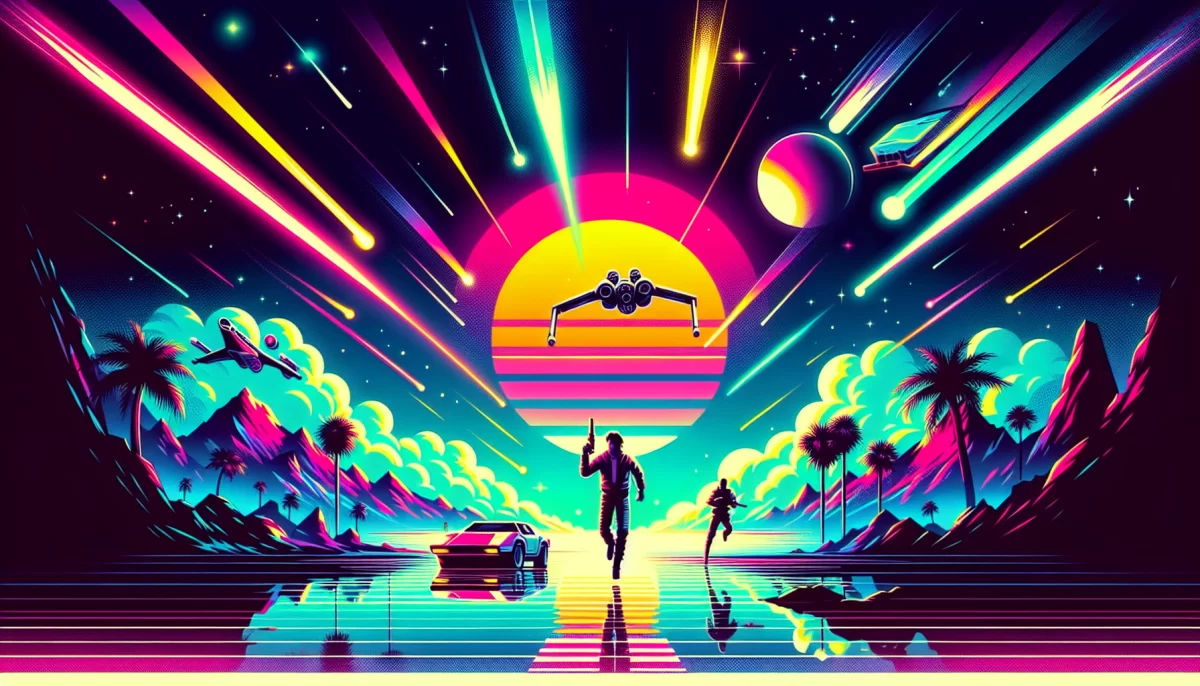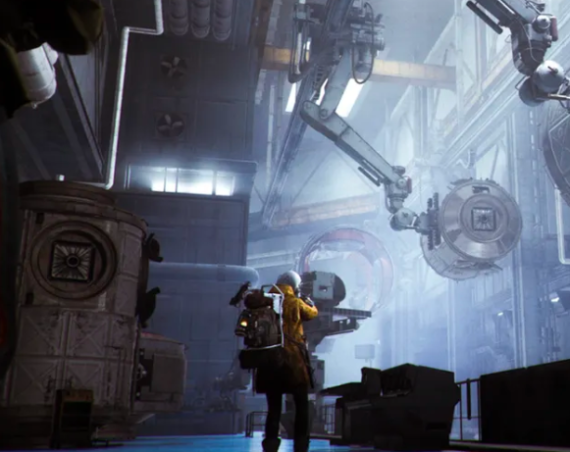
Ratchet & Clank: Clone Home Found After 19 Years as Lost Game
In the early 2000s, mobile gaming was a novel concept, with cell phones adorned by physical buttons and limited in capability. Among the era’s surprises was Insomniac Games’ beloved platformer spin-off, Ratchet & Clank: Going Mobile, released to warm reception in 2005. However, its eagerly anticipated sequel, Clone Home, slated for 2006, remained an enigma, never officially released or widely seen.
Introduction to Clone Home and Its Elusive Legacy
For nearly two decades, Ratchet & Clank: Clone Home was considered lost media — a title shrouded in mystery and tantalizing glimpses only. The only traces included a few screenshots and scattered media descriptions, leaving fans wondering if the game ever reached a playable state.
This curiosity sparked a dedicated search beginning notably with a 2019 YouTube video by The Golden Bolt. Relying on insights from one of Going Mobile’s original developers, the video reinvigorated efforts to find any evidence of Clone Home beyond speculation.
The Remarkable Preservation and Discovery of Clone Home
After six years of relentless preservation work, Clone Home has finally been unearthed. Remarkably, what was found is not just an incomplete prototype but a nearly full game that can be played from start to finish. This version, accessible on Archive.org, displays minor bugs and balance issues, indicating it was close to release.
How Was Clone Home Recovered?
The effort behind this discovery was led by Emily and Super Gamer Omega Clank, two college students who undertook a painstaking process involving purchasing a variety of outdated mobile phones. Their goal: to find a device containing the elusive game data.
- Challenges: The rarity of 20-year-old phone models and the specificity of the duplicates needed made the search daunting.
- Persistence: Years of trial, error, and resource investment highlight the dedication required for video game preservation.
This case exemplifies the broader challenges in mobile game preservation. Unlike console titles, many mobile games from the mid-2000s exist in fragile states, dependent on obsolete hardware or lost code. Current research by the Game Preservation Society notes that less than 20% of early mobile games have been fully preserved (Game Preservation Society, 2024).
Uncovering the Truth: Was Clone Home Briefly Released?
While Clone Home was officially unreleased, rumors from an old Insomniac community forum suggest early 2010s incidents where the game may have accidentally been distributed by some cell providers for brief periods. The fact that the game resurfaced on physical devices lends credibility to this claim.
These accidental releases are not unprecedented; similar stories exist in game preservation communities. For instance, the lost NES game Warrior of Rome was preserved thanks to a rare cartridge found years after supposed cancellation (RetroGaming Magazine, 2023).
Industry Reaction
Outreach to Sony and Insomniac representatives has resulted in private expressions of excitement about the game’s recovery, underscoring the cultural value and nostalgia tied to such rediscoveries.
The Significance of Clone Home’s Rediscovery
This discovery shines a spotlight on the importance of game preservation, especially for mobile and less-documented platforms. Given that mobile gaming today dominates with projections estimating $200 billion in annual revenue by 2025 (Newzoo Global Games Market Report, 2024), preserving early mobile game history is critical to understanding the medium’s evolution.
Key benefits of game preservation highlighted by this find include:
- Historical Documentation: Providing insight into game design and technological constraints of early mobile platforms.
- Cultural Heritage: Maintaining the legacy of beloved franchises and fostering community nostalgia.
- Educational Value: Offering resources for researchers and developers studying game evolution.
Conclusion
After 19 years of mystery, Ratchet & Clank: Clone Home no longer remains a lost game but stands as a testament to persistent community efforts in video game preservation. The successful recovery not only rescues a piece of mobile gaming history but also highlights the necessity of ongoing support for archival and preservation projects across all gaming platforms.
As the industry continues evolving, preserving our digital heritage becomes increasingly vital to maintaining a rich, accessible record for future generations of gamers and historians alike.


